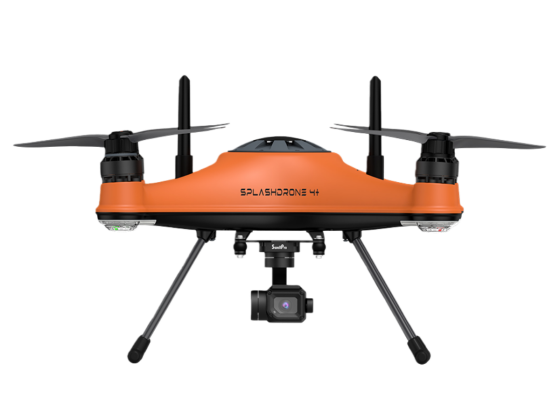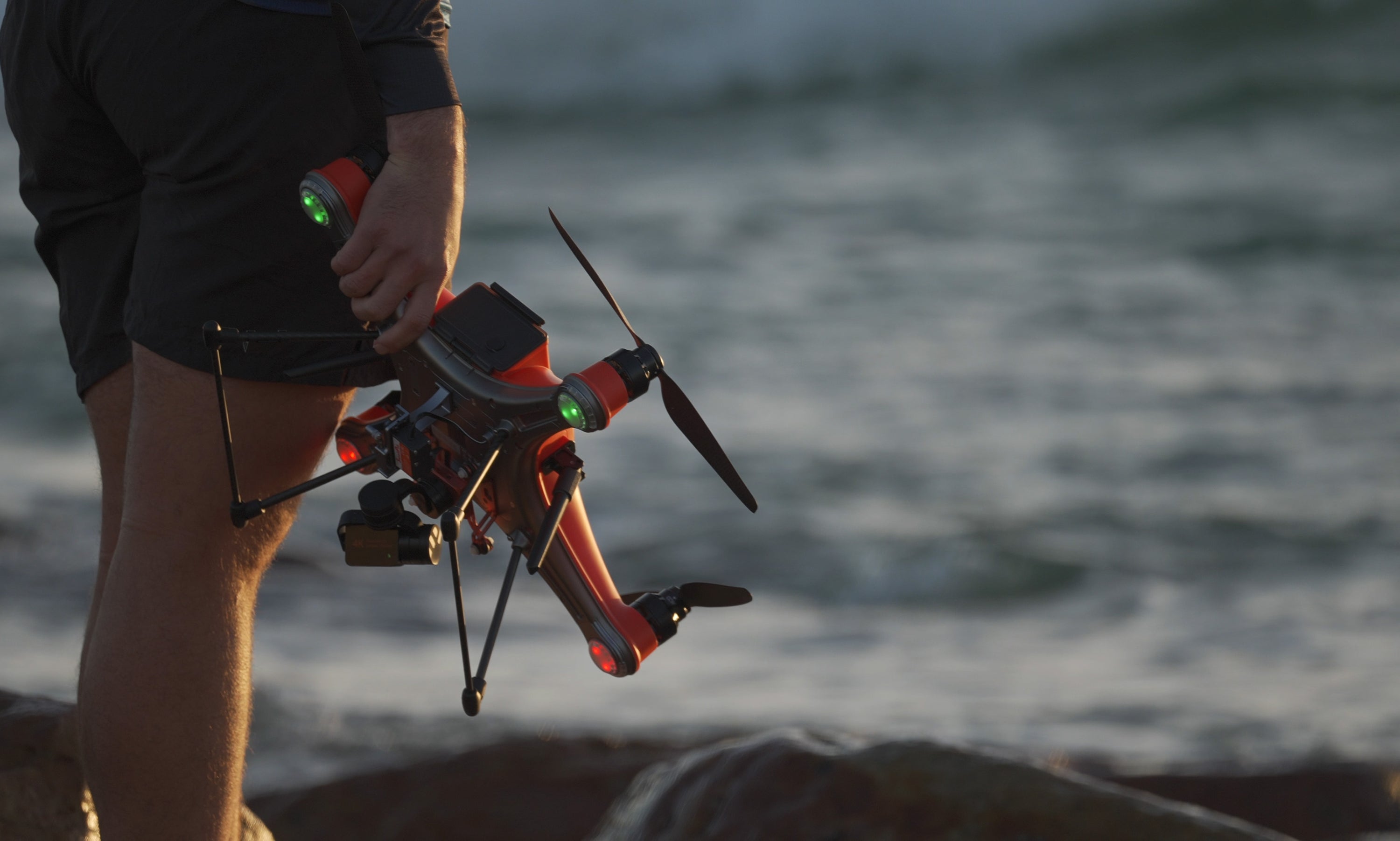Aquacat vs Drone: Five Real-World Issues I Found (and What They Mean)
"Which is better for bait deployment - SwellPro or AquaCat?"
This is a question I often see pop up in the LBSF community, and it got me curious. So, I decided to dig deeper and do some research of my own.
Before writing this post, I actually wondered: If bait boats are truly effective, it might be a good idea that SwellPro developed a bait boat for those who think drones are too much for them?
What began as a simple search for a reliable bait-delivery tool soon turned into something else. Instead of specs and glossy photos, I found myself buried in user reports, forum threads, and shaky handheld videos from the beach. Aquacat bait boats came up again and again - sometimes praised, often questioned. The more I read, the more a pattern formed, and I started noting down the issues that surfaced most often. What follows isn’t a lab test. It’s what you’d piece together if you were doing your own homework before spending a couple thousand dollars.

How I Gathered Information About Aquacat?
I focused less on marketing promises and more on the quiet details: repair threads, long-form user comments, and casual videos showing launches gone right - or wrong. Whenever the same complaint appeared across different places, I treated it as worth attention. Repetition usually means reality. From there, it was less about nitpicking and more about asking: what does this mean for someone actually standing on the shore with a rod in hand?
Controller And Waterproofing
One of the first threads that stood out was about Aquacat's controllers failing after nothing more than a splash. For a product meant to be used at the water’s edge, that’s not trivial. Reports of LED glitches or batteries cutting out at night only reinforced the sense that electronics under salt and spray need to be more than “technically waterproof.”
Anyone who fishes alone knows the risk: when the boat is a hundred yards out and stops responding, recovery isn’t just frustrating - it can end the session entirely. In this context, waterproofing isn’t a line in a manual, it’s a measure of whether you make it home with your gear.
Bait-Release Reliability
Another theme repeated itself often: the release system. Sometimes it jammed. Sometimes it triggered early. Sometimes it did nothing at all. However small those odds look on paper, they’re decisive in practice. If a bait boat can’t drop bait where it needs to be, it has missed its whole purpose. Every failed drop is wasted time, wasted bait, and often a stressful retrieval. Reliability here isn’t a luxury, it’s the baseline.

Speed And Endurance
The physics of a hull don’t lie. Speed and battery life define how far and how fast a bait boat can work, and that came up in story after story. When the mark is close and the water calm, it’s fine. But add current, distance, or the need to probe multiple spots, and suddenly the slow trudge back and forth eats into the tide window. Anglers who go out to relax don’t always realize until later that much of their time has been spent waiting on their Aquacat.
Payload And Bait Capacity
The forums also revealed a quieter frustration about Aquacat: bait compatibility.
Anglers chasing big fish often use heavy chunks or dense, bloody mixes, but the geometry of Aquacat bait boats simply isn’t built for them. Trips had to be split into smaller loads, with multiple runs needed to achieve the same effect. Onshore, this means more battery cycles, more handling, and more chances for error. When your tactic depends on volume, those small inefficiencies add up quickly.
Recovery And After-sales
Perhaps the most sobering stories were about failure and what happens after. Boats that died mid-run had to be rescued by kayak. Replacement parts sometimes took weeks. Repairs often fell on the user, not the company. In these cases, the cost of ownership went far beyond the sticker price. For many, the real frustration wasn’t that the boat broke - it was how little support there was when it did.
A Comparison With Fishing Drone
Lining these experiences up beside what modern fishing drones can do makes the contrast clearer. Drones don’t deal with water friction. They move faster and cover distance with ease. Waterproof fishing drones like the ones made by SwellPro are usually better sealed, and most include software fail-safes like return-to-home when something goes wrong. They can carry droppers, fish-finders, or cameras, swapping roles in seconds. And with established manufacturers behind them, parts and updates tend to be easier to find.
That doesn’t mean Aquacat are useless. For calm lakes and close-in surf, or for those who prefer a water-based platform, they still have a role. But for anglers who value range, speed, heavy payloads, or consistent use in rougher or night conditions, the balance tilts. Judging by the feedback, drones aren’t just a novel option - they’re often the more practical one.



